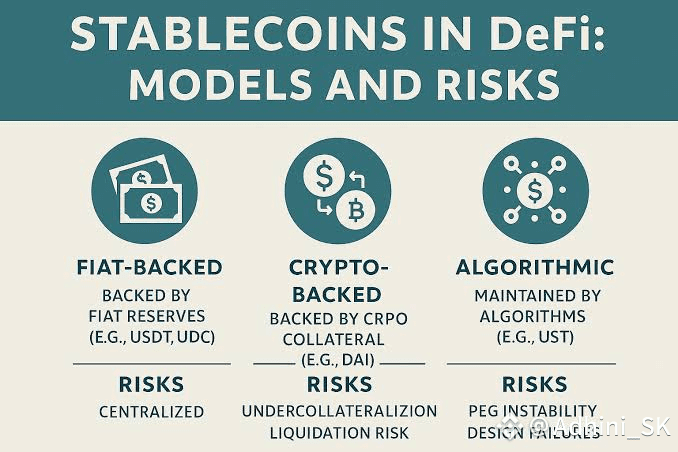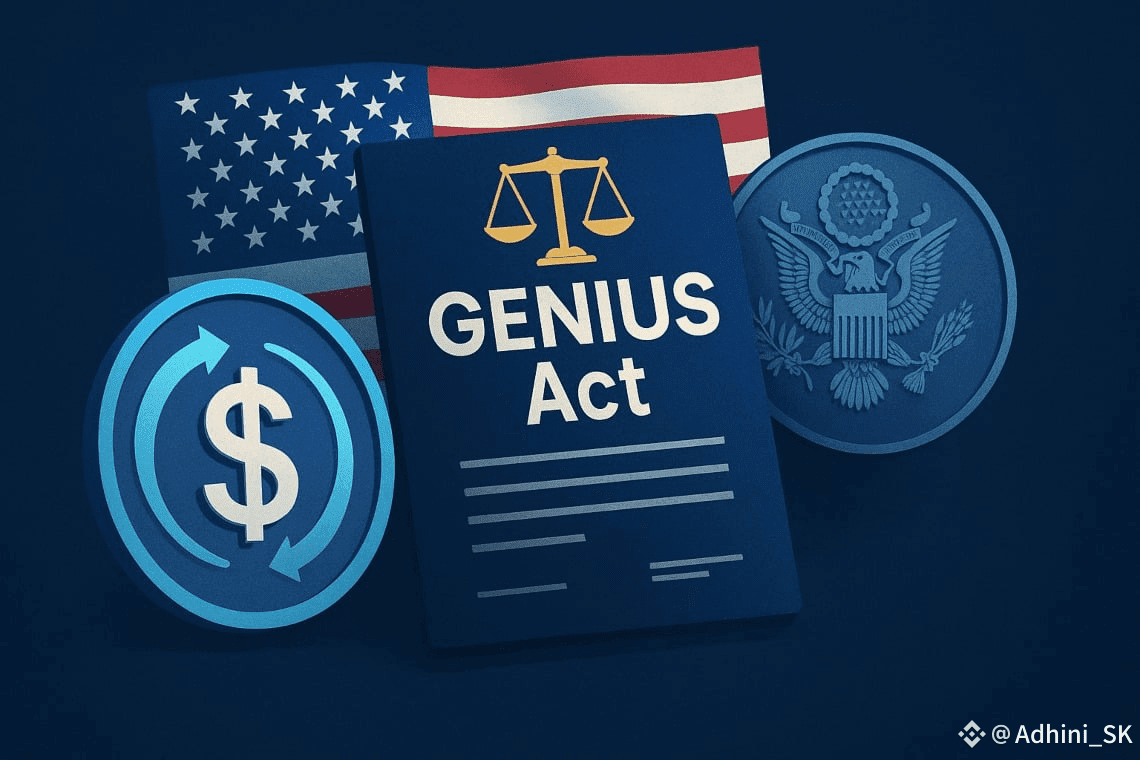🎭 Act I: Enter the Stablecoin
Imagine a digital dollar that doesn’t swing wildly like Bitcoin or Ethereum. Enter stablecoins—the calm, collected cousins of crypto, pegged to the U.S. dollar or other stable assets like gold or the euro. They offer the best of both worlds: the speed and innovation of blockchain, and the predictability of traditional money.
From Tether (USDT) to Circle’s USD Coin (USDC) and PayPal’s PYUSD, stablecoins are now central players in the digital finance stage. But with great influence comes great responsibility… and a demand for regulation.
🏛️ Act II: Governments Wake Up
Until recently, stablecoins lived in a sort of legal twilight zone—used in billions of dollars' worth of transactions daily but often existing outside formal financial regulation. That changed when regulators started asking:
“What happens if a stablecoin collapses?”
In response, governments worldwide began sketching out rules of the road.
🇺🇸 U.S. — The Clarity Quest
In the U.S., lawmakers are racing to pass stablecoin laws. The leading proposal is the Clarity for Payment Stablecoins Act, which would:
Require issuers to hold 100% reserve backing.


